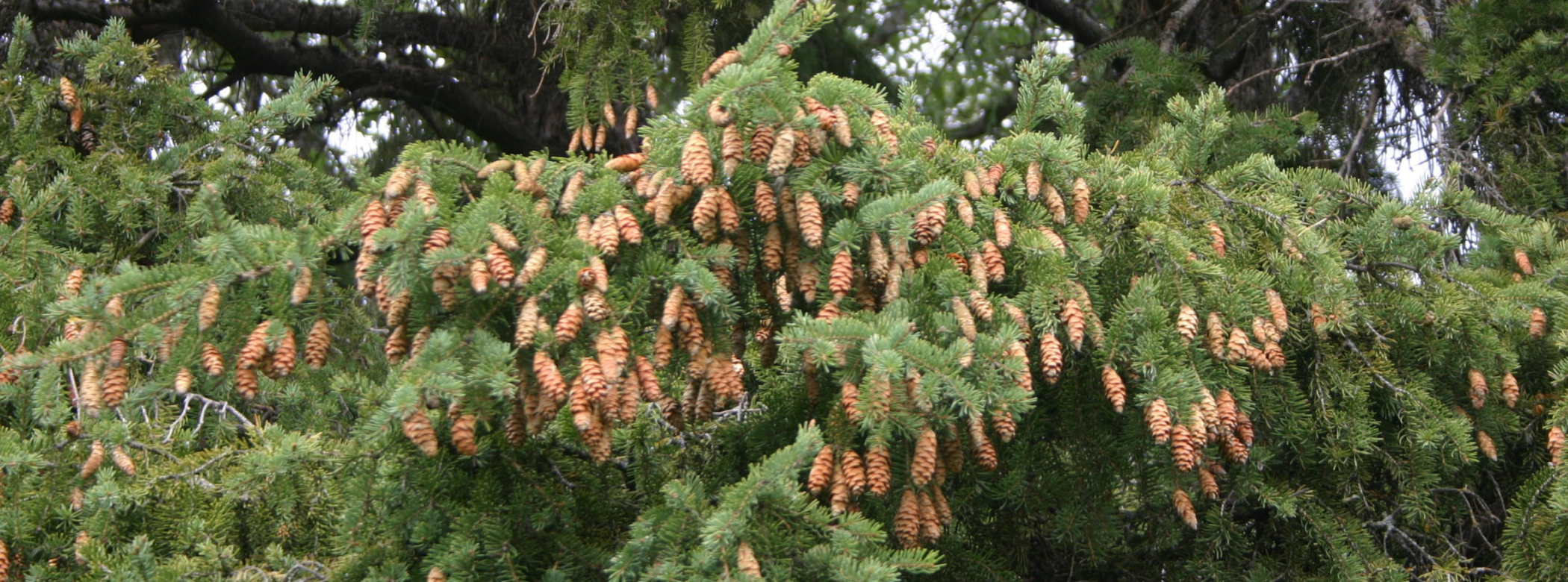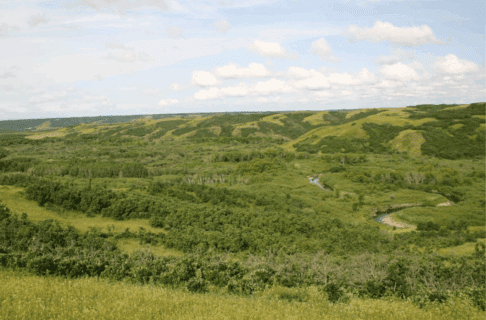Posted on: Tuesday November 22, 2016
At the Museum’s recent Surviving the Apocalypse Night participants were asked a variety of questions about the nutritional value of certain foods. Sadly, very few people knew that you can make a beverage high in vitamin C from…Christmas trees!
The Indigenous peoples of North America have long known of the health-giving properties of some cone-bearing (also called evergreen) trees. In Canada, First Nations peoples drank an herbal tea of evergreen needles to ward off scurvy, usually in winter when fresh fruits and vegetables were hard to come by. This simple remedy was not known by early British and French explorers, who often succumbed to this disease. Scurvy causes weakness, gum disease, impairs healing, and eventually leads to fever, convulsion, and death. Symptoms set in after about a month of low to no vitamin C intake. The explorer Jacques Cartier was told about a scurvy remedy by the Indigenous people he encountered in eastern Canada, who felt pity for the suffering Europeans (see more here). Cartier was so impressed at the ability of the tea to cure scurvy that he called the tree species an “arbre de vie” or “tree of life”.
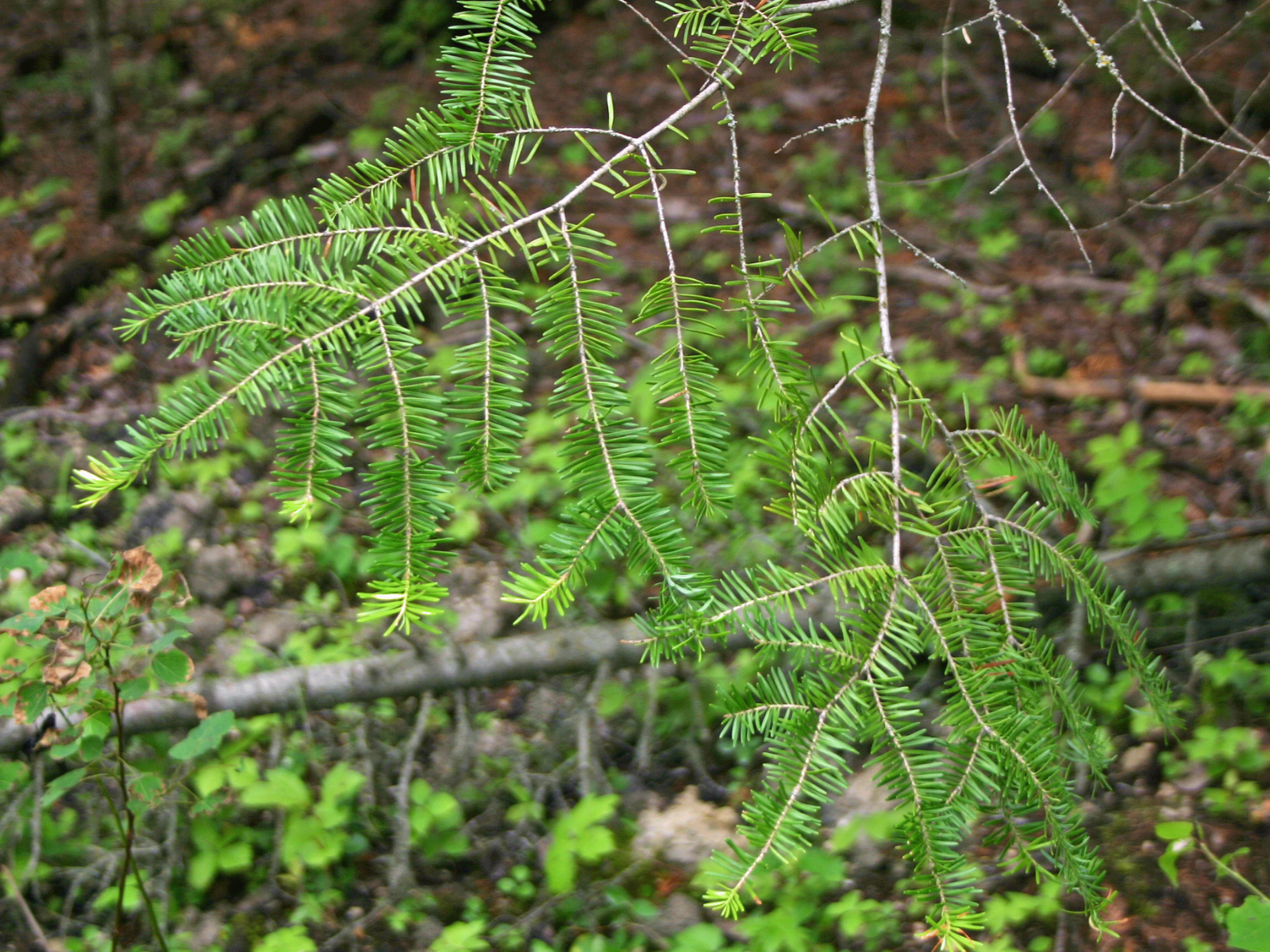
In addition to being a popular Christmas tree, fir (Abies spp.) needles can be used to make a beverage high in vitamin C. ©Manitoba Museum
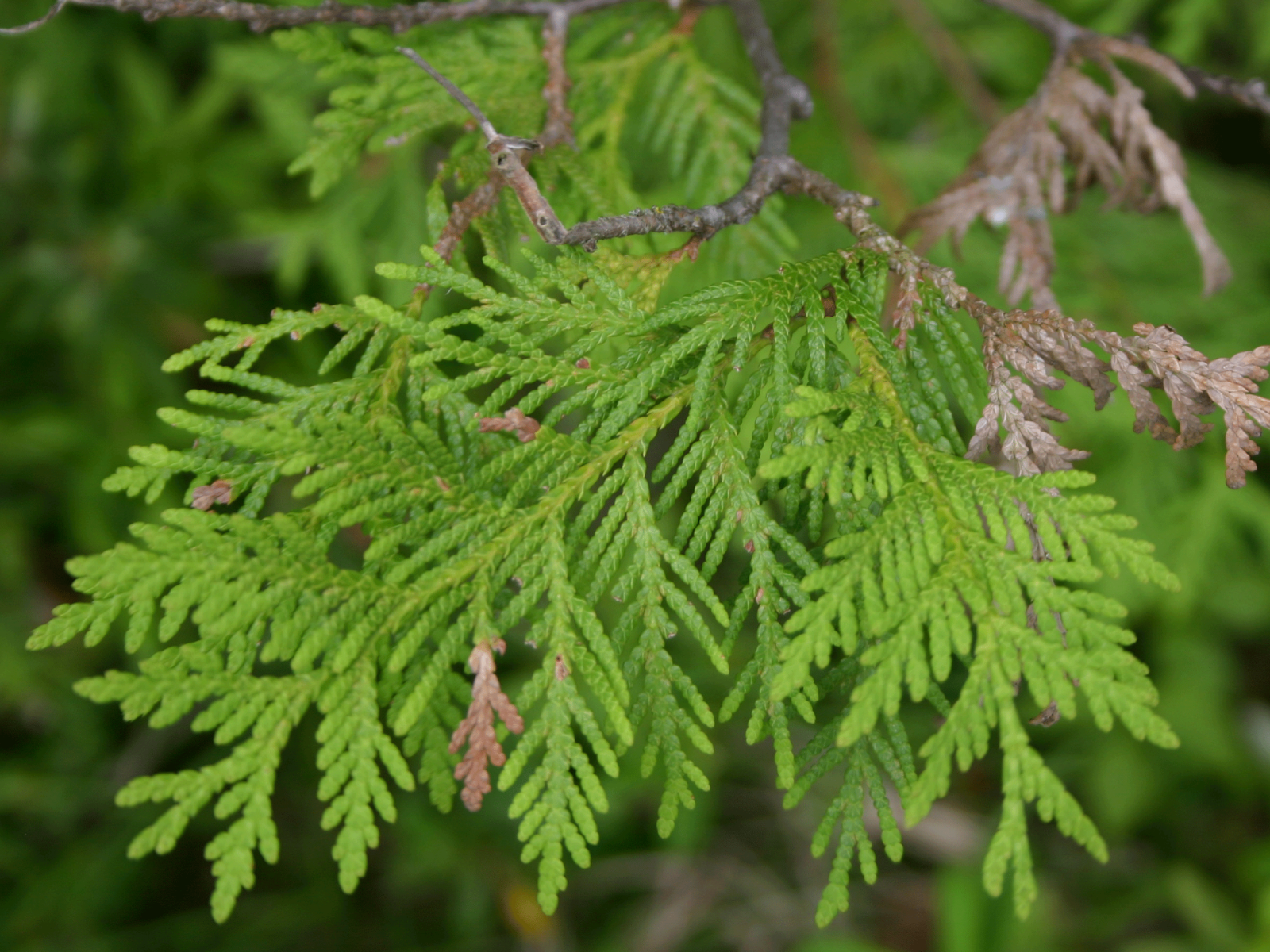
The plant used to make Cartier’s tea may have been a cedar (Thuja spp.). ©Manitoba Museum
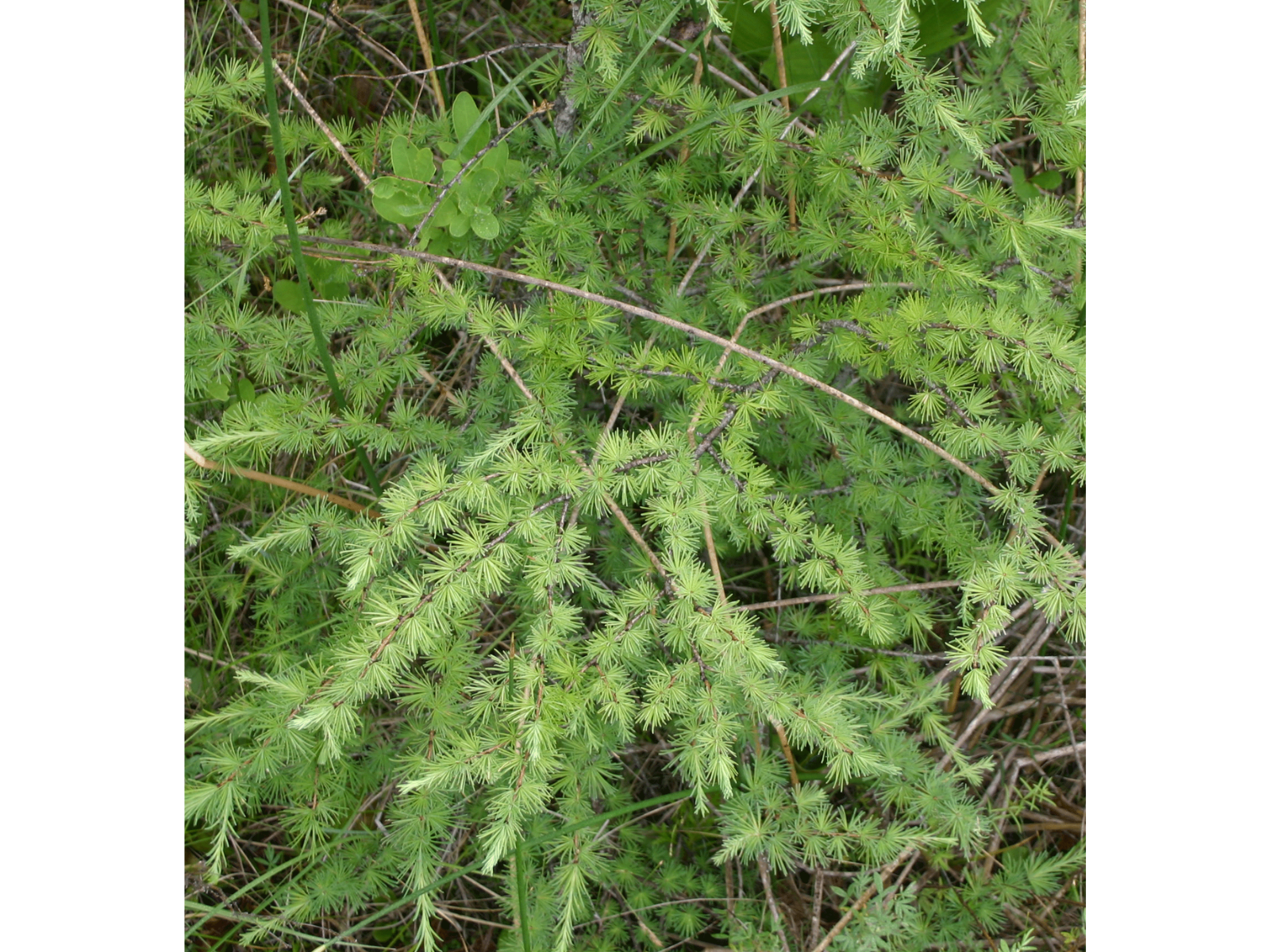
Evergreen needle tea is also high in vitamin A-which you need to prevent blindness-folic acid and minerals. The tea can be brewed by collecting the youngest needles on a tree (the ones right at the tip), coarsely chopping them, pouring boiling water over them and steeping for a few minutes. About a tablespoon of needles to a cup of water is about the right proportion. Although spruces (Picea spp.) are the most common trees used to make herbal teas, other cone-bearing trees including pine (Pinus spp.), fir (Abies spp.), cedar (Thuja spp.) and larch (Larix spp.) can also be used. I prefer to have it in a blend with some dried mint to add extra flavour.
Image: Although it bears cones tamarack (Larix laricina) is not an evergreen; it loses its needles in the fall. ©Manitoba Museum
On the east coast, European settlers began making an alcoholic version of this beverage by adding spruce needles to molasses (from the Caribbean) and yeast to make spruce beer. By 1738, George Spence, the Hudson’s Bay Company surgeon in Fort Albany, Ontario, reported making and providing spruce beer to HBC employees as an anti-scorbutic (click here to learn more). This knowledge was eventually passed on to the British Military by Sir Joseph Banks, who encountered the beverage when he was botanizing in Newfoundland and Labrador in 1766. Captain James Cook brought casks of this beer on board his ships in the late 1700’s (along with various other foods, such as citrus fruits) and did not lose a single man to scurvy! If you’re so inclined, you can click here for a recipe for spruce beer.
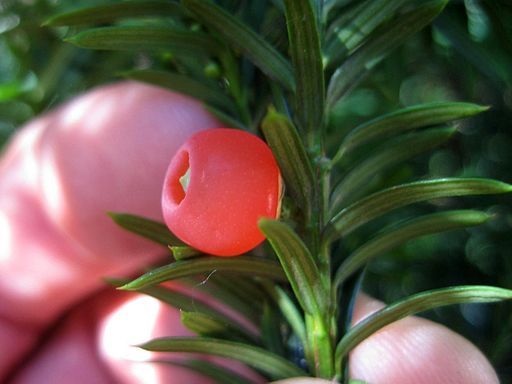
Warnings
Evergreen teas should be drunk in moderation (a cup of weak tea a day is probably fine) as large amounts are reported to be toxic. Pregnant women should NOT drink evergreen tea as it may cause a miscarriage. Yew (Taxus spp.) trees are really poisonous so make sure you can tell a yew apart from the other cone-bearing trees. Yews have flat needles with pointed tips and fleshy red fruits with a single seed in the middle instead of dry cones. They are not common in Manitoba and are shrubs usually less than 2 metres tall.
Image: The toxic yew (Taxus spp.) trees have fleshy red cones, not dry ones. By Rob Routledge, Sault College, Bugwood.org [CC BY 3.0 (http://creativecommons.org/licenses/by/3.0)], via Wikimedia Commons.
Below is a simple identification key to Manitoba’s wild cone-bearing trees. To use it, select the statement (a or b) that best describes the plant. Continue selecting statements until you come to the name of a species. Then double check the identity by consulting a field guide or reputable website. Please note that there are some exotic cone-bearing trees planted in urban areas, which may not be in this key.
| 1a. Trees with scale-like, overlapping leaves | Eastern white cedar (Thuja occidentalis) |
| 1b. Trees with needle-like leaves | See 2 |
| 2a. Leaves in clusters of 2 to many | See 3 |
| 2b. Leaves borne singly | See 4 |
| 3a. Leaves in clusters of 10-40, deciduous; base of clusters without a sheath | Tamarack (Larix laricina) |
| 3b. Leaves in clusters of 2-5, evergreen; base of clusters enclosed in a sheath | Pine (Pinus spp.) |
| 4a. Leaves 4-sided, not appearing 2-ranked, borne on short woody pegs | Spruce (Picea spp.) |
| 4b. Leaves flat, appearing 2-ranked, not borne on woody pegs | See 5 |
| 5a. Leaves rounded or notched at the tip; bearing dry cones; bark grey and smooth or scaly | Balsam fir (Abies balsamea) |
| 5b. Leaves pointed at the tip; bearing reddish fleshy fruits with a single seed in the middle; bark reddish and shreddy | Canada yew (Taxus canadensis) |




